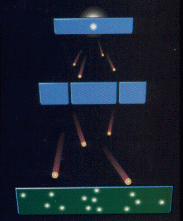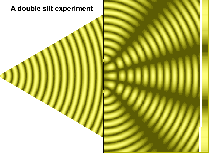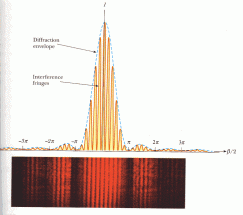In the previous post we reviewed a bit of the nature of the parent state of the cuprates, i.e. the Mott antiferromagnet. And we said we were ready to move and start looking for the action in these cuprate guys. It is time to pick up our “cachybachies” and move to the action then!
The action starts when atoms between the Copper-Oxide planes are interchanged by atoms that take electrons from the planes. In this way, the planes are hole doped. Somewhat similar physics occur when the material is electron doped, but the effects are considerably larger for hole doping so we concentrate on this case. Also, historically hole doped materials were discovered first and are easier to bake. (Most of these materials are literally grown in ovens. The art of growing relatively good large crystal is a black art perfected by a secretive order of Japanese monks.)
Well, when hole doped, the first change in the High Copper-Oxides shows up at about 3% doping: the local moments and the antiferromagnetic order vanishes into oblivion! A tiny bit of doping induces a phase transition. Now the material goes into a state that can be described as exhibiting some “dissociative identity disorder (DID)”. This phase has no magnetic behavior, but there is evidence that at the lowest temperatures it is a spin glass. This might be a red herring as the glassy behaviour could well be due to material imperfections.
 |
| Cuprates phase diagram. The left hand side corresponds to electron doping, while the right hand side corresponds to hole doping. |
The “DID phase” beyond 3% doping exhibits extremely puzzling behavior. First there are experimental hints of different types of both charge and spin order that are not fully developed as they do exhibit long range order, but they are fluctuating dynamically. They have dynamical signals. The evidence points to stripe charge and spin order that, if it were to develop, would probably be a charge and/or spin density wave order (CDW or SDW). There is evidence of possibly Wigner crystal order, where the charge order is fully two dimensional rather than anisotropic as in 1D stripes or CDW-SDW’s. The periodicities of these orders depend on the doping and tend to be commensurate with the lattice.
In this region beyond 3% doping, all of this phase competition arises because of the large repulsion and the strong correlations it creates. Whenever one have such strong correlation, the notion of well defined electron-like or hole-like quasiparticle should break down in the sense that if a hole or an electron is excited, it should not propagate coherently. This picture is certainly borne out by experiments in the sense that they either see no quasiparticle peak but only very broad spectra, or they see a very broad peak with a width comparable or larger than the energy. This behavior is seen over broad range of temperatures and dopings. It becomes more pronounced as one goes to smaller dopings where correlations are stronger.
This strongly correlated behavior has lead to a plethora of theories to describe the physics, which is extremely interesting and include all sorts of exotica. Most of those theories include the electrons or holes breaking up into pieces that carry charge and no spin, and spin and no charge. It purports the elementary excitations to be fractionalized, i.e. to carry fractions of the quantum numbers of the electron or hole.
They are mediated by gauge interactions. While these theories are very beautiful and constitute state of the art field theories, none of them have been successful. They have failed in explaining the superconductivity.
These theories do explain some of the incoherent spectra of the cuprates, but they do not explain this in a unique way in the sense that most of them give incoherent spectra, yes. But proper calculation in a region with large gives the incoherent spectra with no need to invoke exotica! The proponents of this theories make fuss about the incoherent spectra, but it is a fact that in theories in which the electron has no stability and decays into pieces, the electronic spectra will necessarily be incoherent. Hence success accounting for this spectra is not strong evidence in favor of this type of physics.
To be explicit, fractionalization and gauge physics implies incoherent electronic spectra, but the converse need not be true. In fact, fairly often it is not true. While it is true that this exotic physics can occur for strongly correlated systems, as evidenced by the fractional Quantum Hall effect and some one dimensional systems, in the cuprates they have not provided an explanation of the most important effects and in particular of the superconductivity.
Ok, enough of the pseudogap region for the moment. Shall we move into the superconducting phase? Are you ready to rumble?
Well, better hold your horses till the next post.
Stay tuned for even more!
Dr. Damian Rudelberg









Recent Comments